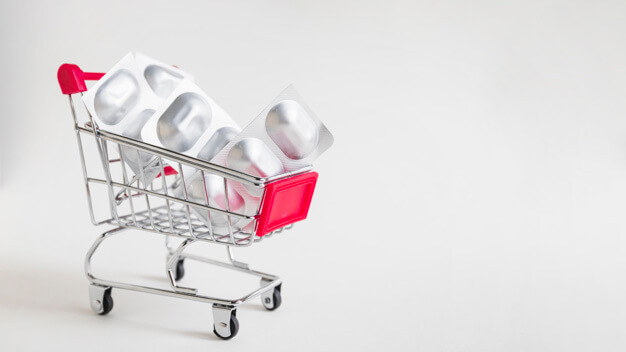With our busiest schedules to follow, we often get reluctant about hitting the gym or following a proper diet plan. Nobody has the kind of time to spend hours pampering themselves. The good news is health and fitness is not all about investing too much time in cooking healthy meals and working out at the gym, it is much more.
Even the littlest healthy habits and avoidance of unhealthy habits can improve your overall lifestyle and turn you into a healthier YOU.
Want to know what such habits are and how you can add them to your daily routine? They might not sound very new, but they are exactly the ones you usually miss out on. So, here is a reminder for you to follow them for a healthy and happy life. Read through and thank me later!
How to Stay Healthy and Fit Despite a Hectic Schedule:
Carry a Water Bottle:
We all are aware of the fact that drinking 7 to 8 glasses of water is necessary for healthier skin and body. However, most of us get reluctant about it because it is way out of our reach and we are too busy to fetch a glass for ourselves.
Therefore, I would suggest you carry a medium-size water bottle wherever you go and finish it at least twice to hydrate your body well. Drinking water is not only best for hydrating the body but it also helps flush out any toxins prevailing inside the body.
Stay Socially Active:
By staying socially active, I do not mean to stay updated with and connected to social media. It means taking time out for catching up with old friends in person and making new friends as well. Put all the gadgets away and spend some quality time with your family on the weekend.
Staying socially active helps us relax and give us immense emotional strength. It is great for mental health and wellbeing.
Get Rid of All Kinds of Addiction:
If you are addicted to anything in your life, either it is some high-quality weed, video games or smoking cigarettes, try to get rid of it. It is tough, I know. However, where there is a will, there surely is away.
Telling yourself to avoid something takes you closer to it. Therefore, instead of doing that, just distract your mind by engaging in better and healthier activities whenever you feel the need for it. You will gradually be able to get rid of it without even knowing it.
Proper and Uninterrupted Sleep:
With all the smartphones and wireless gadgets in our room beeping every other minute, going deep into sleep has nearly become impossible. We all are so addicted to checking every notification immediately that we do not even keep our phones silent while going to bed. As a result, we end up staying up till late and feeling restless throughout the day.
If you want a healthier lifestyle, start turning your phone on silent mode before you go to bed and put all your devices away at least half an hour before you go to sleep. If you want something to do in that spare time before you doze off, take a good book to read while sipping on chamomile tea.
Read More:























